What's in a name?
Have you ever wondered how Hylaeus derectus earned its moniker?
Evolutionary biologist Dr James Dorey says there are few hard and fast rules when scientists are coming up with how to name a newly defined animal or plant.
It’s a topic he knows a lot about, having discovered and been involved in naming more than 50 new species of wild bee.
Dr Dorey, a University of Wollongong lecturer in biological sciences, researches wild bees in Australia, Fiji and around the world.
He is also an award-winning macro photographer, who’s images of the animals he studies bring them to life in a way many people have never seen, giving them a beautiful, alien-like quality.
“Every taxonomist takes their own approach to naming species. There are certainly rules under an extensive rulebook called the International Code of Zoological Nomenclature. But there remains quite a lot of freedom in choosing what we will call a newly discovered species for the rest of time,” Dr Dorey said.
“For me, I will first try to name a species using a unique characteristic of its appearance. Secondly, I might give it a name with some cultural significance - when studying bees in Fiji I discussed with local friends and collaborators about a term that holds cultural meaning. Then, I will add in the place they live or were first found. Finally, I will name a species after people who are connected to the species or research in a significant way.”
There are thousands of undescribed bee species around the world and without giving them names scientists can’t learn about them, conserve them, or effectively teach others about them.
“Names hold a lot of power and there’s a lot of work to be done. Unfortunately, there’s very little funding for taxonomic works in the grand scheme of scientific research. This is a serious problem but it also highlights an interesting divide between researchers and the broader public,” Dr Dorey said
The description of species and the giving of names, creates a foundation for almost all downstream biological research. Yet it is sometimes regarded as less important or less worthy of research effort.
In contrast to many scientists, the general public seem to be most excited by the description of new species.
“When I discuss my foundational work with people who aren’t in science the responses seem to be 'New bees, hell yeah and tell me more!' or 'Bees foraging at night? That’s awesome!'”
“Whereas, even when the hard-hitting research relates directly to the new species, such as when we described how we went from one Fijian Homalictus common ancestor to at least 22 other species of bee people have much less interest.”
“Taxonomy has a primal interest for people. It’s exciting to find and describe species that are new to science - it’s the genesis of new words, combinations of words, and new meanings given life in the form of a species.”
Hylaeus derectus

Hylaeus derectus. Photo: Dr James Dorey
This freshly-described masked bee, Hylaeus derectus, has so far only been found on the Fijian island of Viti Levu. Not only that but it has, so far, been found on a single mountain, foraging in the rainforest canopy. There are quite a few distinctive characteristics about this species, especially the shape, colour, and number of patches on his little face. But, what was most unique and easiest to describe in words is the straight-line that goes halfway between the bottom of the antennae and the bottom of the face (the supraclypeal suture, don’t ya know?). Hence, the common name (and the derivation of the Latin name) is the “straight-faced Hylaeus”. I would be lying if I did not admit that the serious and anthropomorphised undertones of the name were also quite entertaining.
Amegilla (Asaropoda) crenata
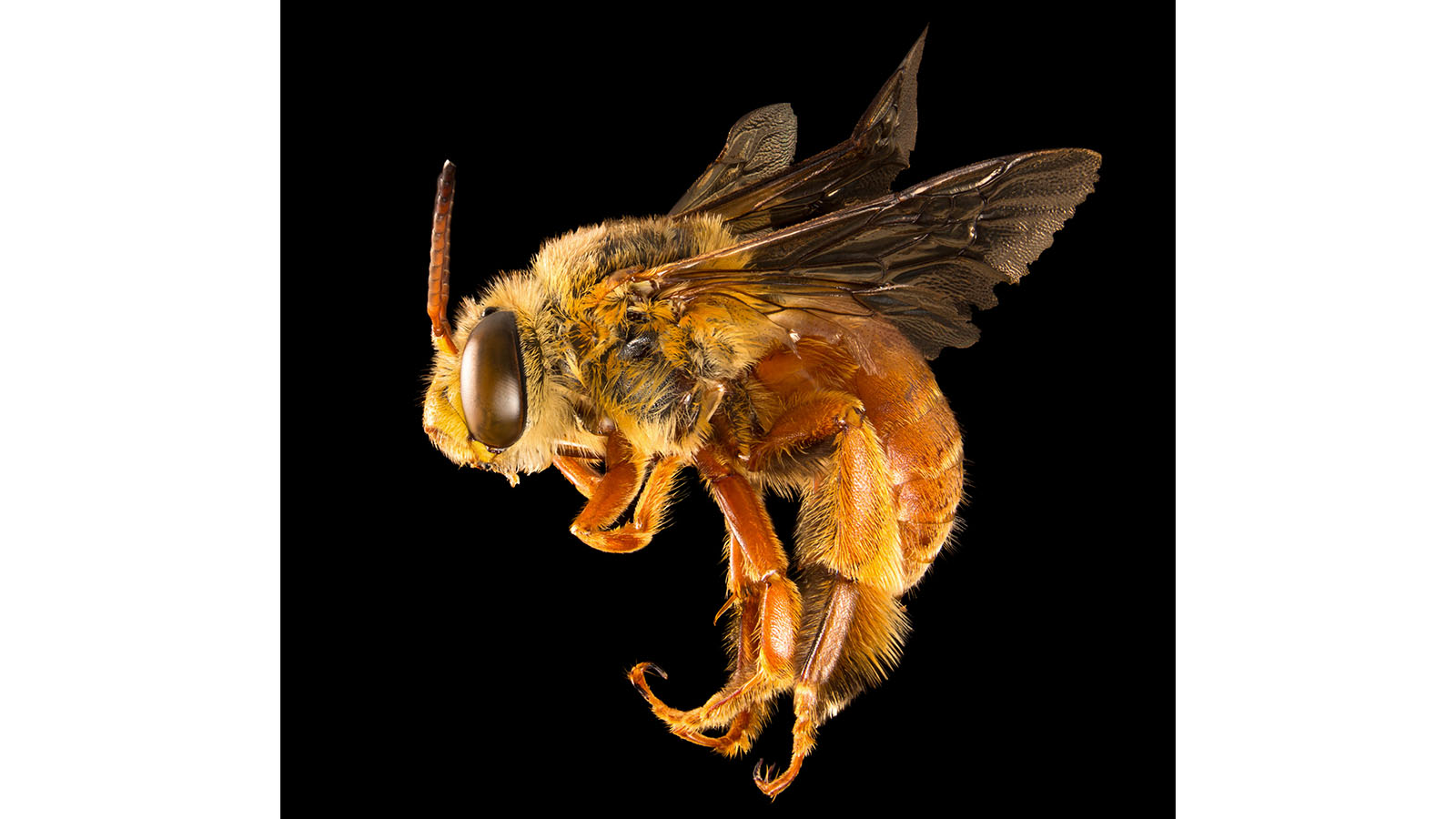
Amegilla (Asaropoda) crenata. Photo: James Dorey
Some people are aware of the Australian Amegilla (Asaropoda). These are “teddy-bear bees” and they are closely related to the blue-banded bees that frequent many suburban gardens. We actually have at least 21 species of teddy-bear bee in Australia and this one comes from the north of the NT and WA - they are very much tropical teddy-bears. The name “crenata” refers to a deep incision on a segment under the bee’s abdomen. Not so obvious if you see the bee on the fly, but very clear when you have a specimen in hand. While I was involved in the project to describe this species and nine others as new, the lion’s share of the work, including the naming, was done by the South Australian Museum’s Remko Leijs.
Lasioglossum (Homalictus) kaicolo
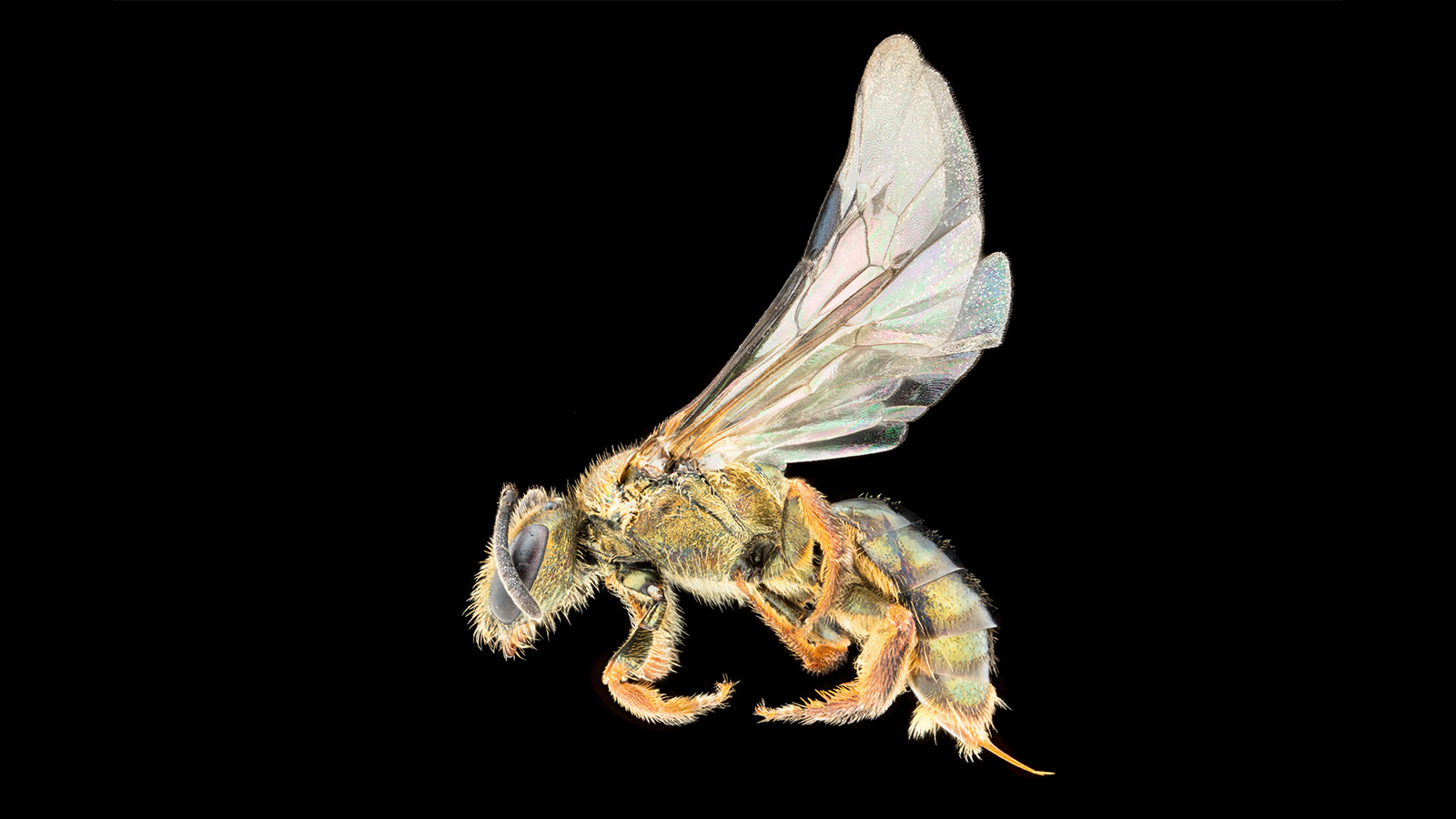
Talking about names with meaning for place, I described this little Homalictus bee from Fiji in 2019 — along with eight others. Because the Fijian Homalictus bees are very cryptic and difficult to tell apart by looking at them, we had to use things like genetic data and their genitals! So, when it came time to name these species there were real challenges with describing them based on morphology alone. This species is then given the slang name that the people of the Viti Levu central highlands are sometimes given, kaicolo (ky-thow-low). It means “from the hills” and is named as such because the bee shares a very similar region! The name is also intended to invoke some comradery between the species and the people. This also makes it one of my favourite names from this particular work.
Hylaeus veli
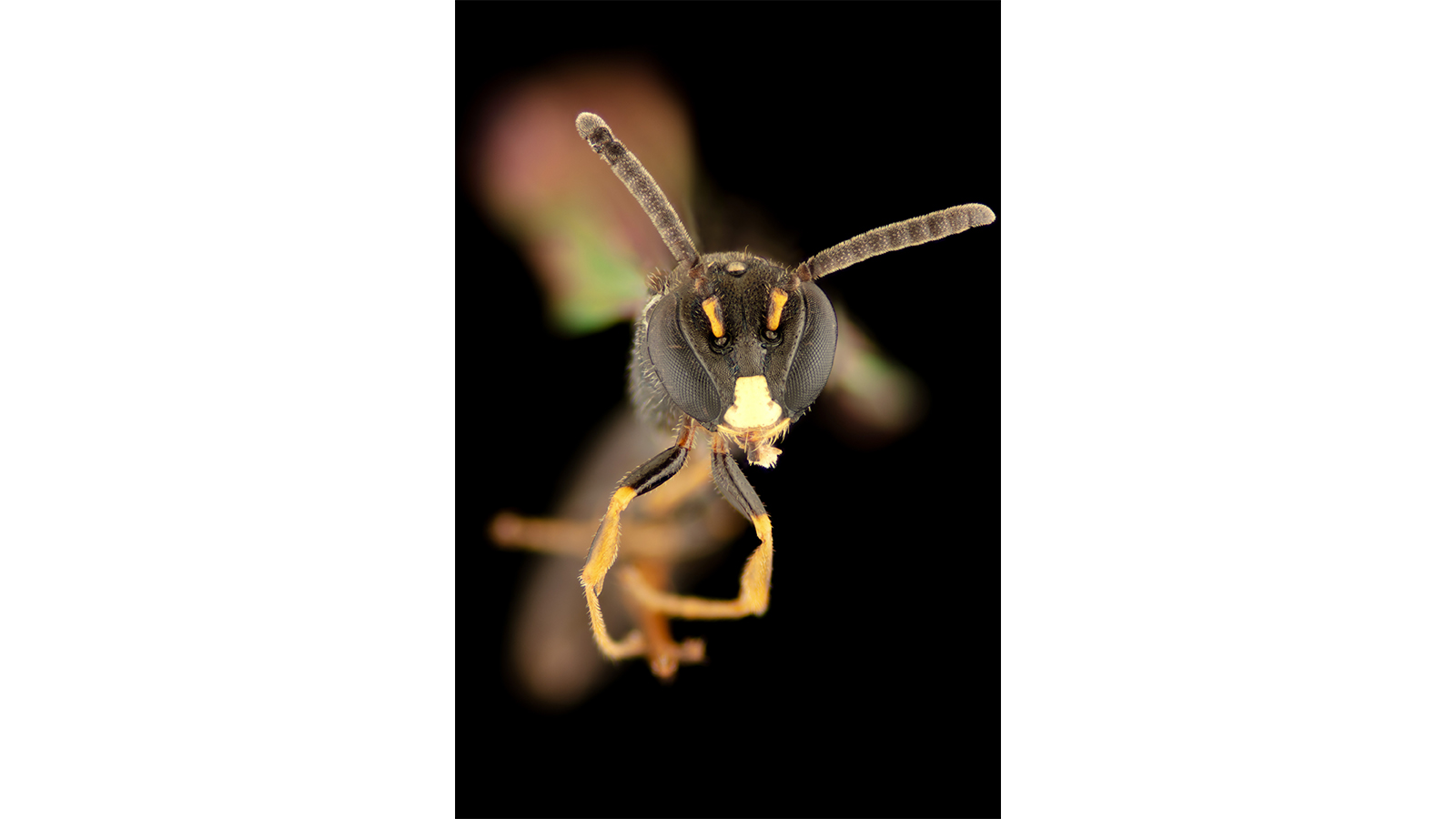
Another of the very-recently described masked bees, Hylaeus veli, is perhaps a favourite of mine. Once again, I did not suggest the name, rather my co-author Olivia Davies did, but I’m very pleased with its fit. The veli are a people or spirit of Fijian folklore. They are powerful little people that are strongly associated with the forests — just like our Fijian Hylaeusbees who seem bound to the forests through their ecology. The veli can be both good and bad for people. For example, they can be friendly or mischievous or they may punish you for chopping down their favourite tree! The name is meant to invoke a sense of responsibility to protecting these forest-specialist bees and their trees.
Lasioglossum (Homalictus) tuiwawae

Lasioglossum (Homalictus) groomi
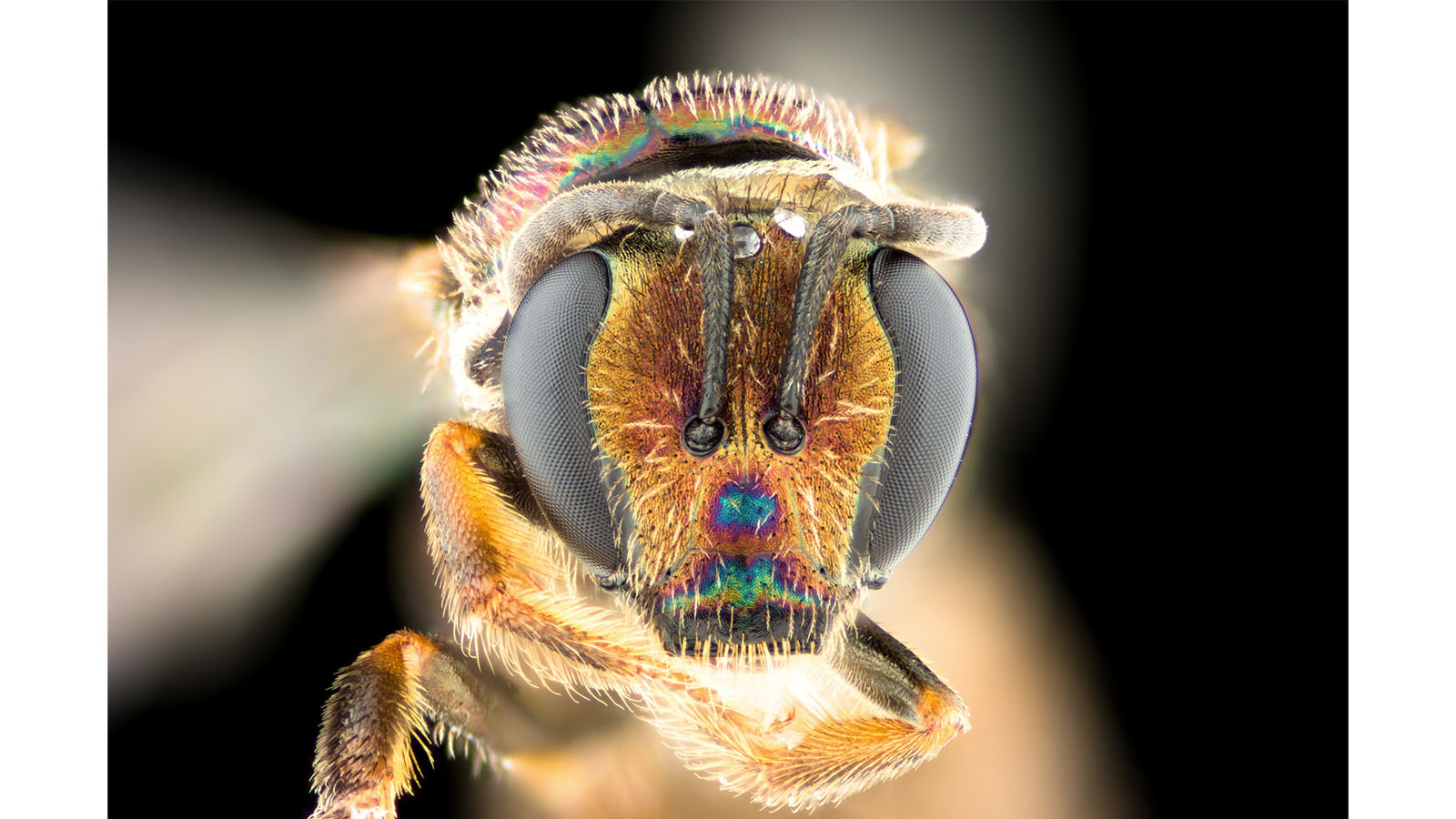
There’s one more person who has been instrumental in understanding Fiji’s interesting bee fauna. We named Lasioglossum (Homalictus) groomi after Scott Groom of Flinders University who laid the contemporary groundwork for all of the Fijian bee research over the proceeding decade. Scott spent many months travelling around different Fijian islands, with the help and company of local collaborators, like Marika, collecting bees and then sequencing them to start untangling the whole exciting mess. He has also remained involved in these works and continues to contribute to this day!
Leioproctus (Zosterocolletes) Maynard
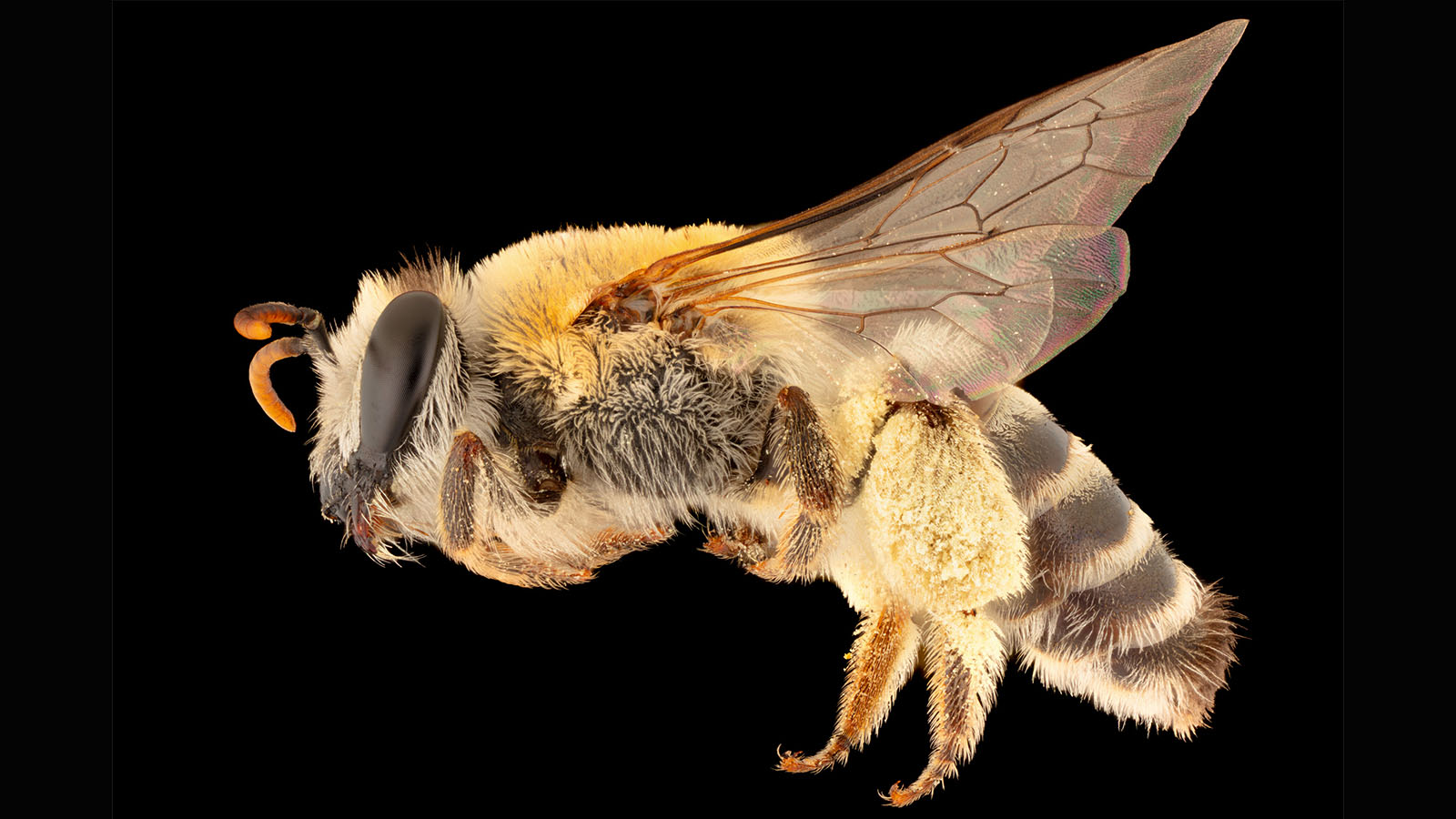
Taxonomic works and species names, in many very major ways, form the basis for almost all biological works that come afterwards. This gorgeous Australian bee I identified to the Leioproctus subgenus Zosterocolletes. However, of the three species described the northernmost-record is South East Queensland while this was collected from Far North Queensland, near Laura. Laura is a beautiful town that’s west of Cooktown and a place where many new bee species have recently been found.